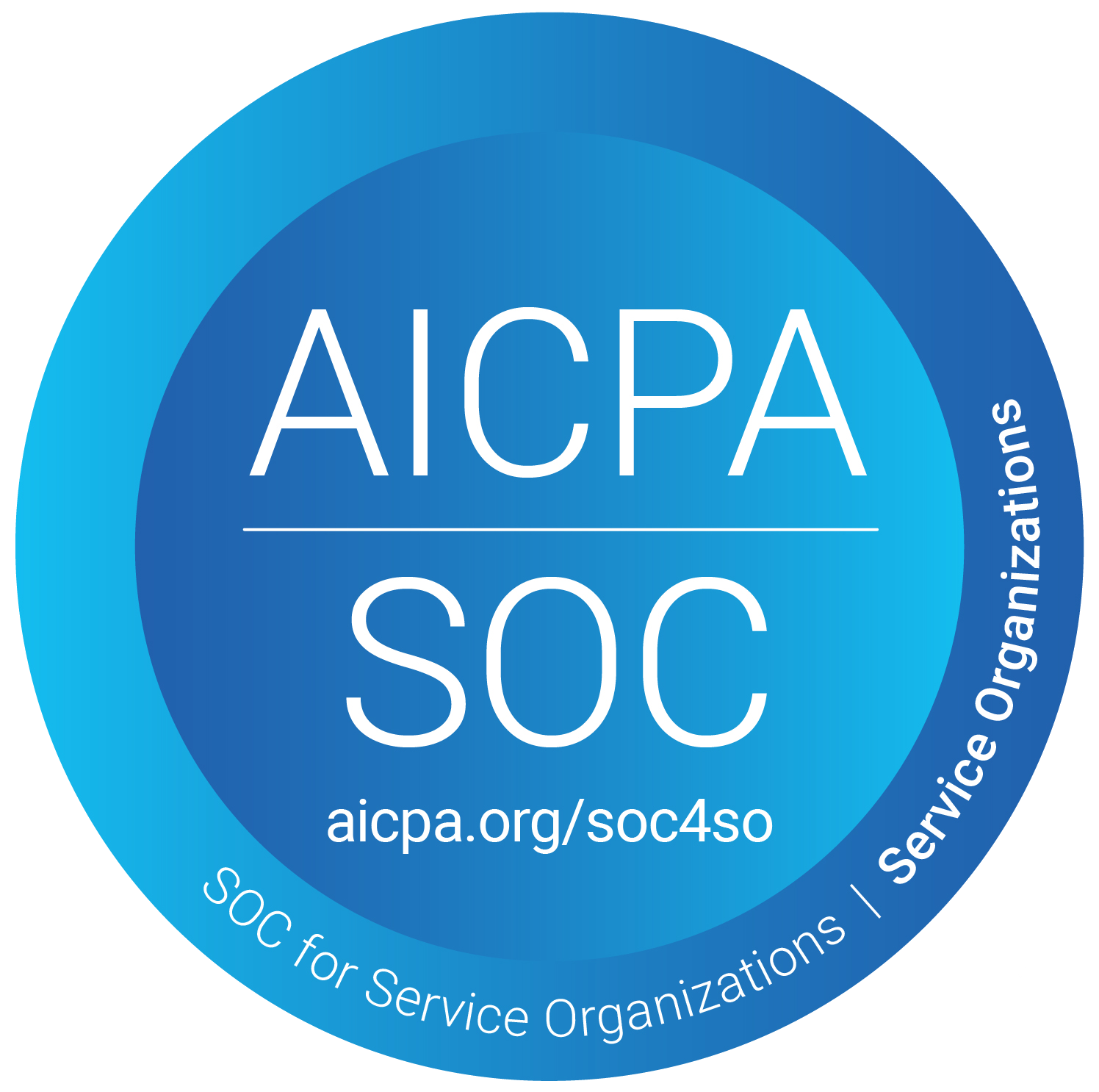In the complex financial ecosystems of multinational corporations, accurately recording accounting entries between different entities within the same parent company is crucial. One such flow, known as accounts payable (AP) recharge, plays a pivotal role yet remains relatively obscure outside specialized accounting circles.
This article aims to demystify AP recharge in intercompany accounting, exploring its definition, mechanisms, and the benefits of automating this process.
How Does AP Recharge Work in IC Accounting?
Multinational corporations that have centralized their procurement operations consolidate their purchasing activities under one legal entity, which handles procurement on behalf of others in the group, for greater efficiency. For companies that span many countries and continents, a single procurement entity may not be feasible; that’s why it’s not uncommon to find organizations with procurement entities across different regions.
These procurement companies are responsible for interacting with external suppliers and managing invoices and payments for goods and services procured on behalf of the entire group.
Why Recharge?
The procurement entity, despite initiating transactions and handling invoices, may not directly benefit from the acquired goods or services. Instead, these benefits are realized by various entities within the group, and so the costs must be passed on to them to allow for proper P&L tracking.
Allocation and Markup
Consider a scenario where the purchasing company procures goods or services from one supplier, which are then distributed to multiple subsidiaries. In this situation, how do we determine how much to charge each entity?
In many cases, it’s not an equal split, because different entities may derive value to a different extent. That’s where allocation comes into it. Allocations are often based on several factors, such as headcount or revenue, and the amount to be charged to each entity will be based on its share — or allocation — of the total charge.
Recharges may also include a markup, reflecting the procurement services provided by the central entity. Or perhaps a currency conversion, where the currency of the invoice is translated into a local currency that is charged to the recipient.
Performing these allocations, markups, and currency conversions adds complexity to a process that is often high in volume.
The Manual Approach and Its Limitations
Traditionally, intercompany AP recharge has been a manual process, with accountants creating and applying charges from one entity to another.
This approach involves several complex and intricate steps, each presenting its own set of challenges and inefficiencies. These aren't insurmountable but do become greater as the transactional volume increases.
Let’s have a detailed look into the process and its inherent limitations.
The Complexity of Transactions
As intercompany AP recharge transactions often involve multiple entities using different currencies, each with its own set of accounts and financial practices, the manual processing of these transactions requires detailed knowledge of each entity's accounting system.
Time-Consuming Processes
The manual approach is inherently time-consuming, requiring accountants to manually calculate charges, create invoices, and reconcile accounts across different entities. This process can take up considerable time, especially for large organizations with numerous intercompany transactions, each of which are distributed among numerous entities. Ultimately, this diverts resources from other critical accounting functions. And when it’s the same invoices and suppliers month after month, the process can also get very tedious.
The Risk of Errors
Manual data entry is susceptible to human errors, which can occur at multiple points during the AP recharge process. Such errors can lead to inaccuracies in financial statements and require additional time and resources to identify and correct.
These delays can hinder the timely closure of financial periods and impact the overall efficiency of the financial department.
Lack of Real-Time Visibility
The manual recharge approach does not automatically trigger when an invoice is booked; so it does not provide real-time visibility into the status of intercompany transactions. This lack of transparency can make it difficult for management to get an accurate and timely understanding of the organization's financial position, which affects decision-making processes.
When any kind of transactional volume is encountered, companies will often batch-up their recharges and book them at a consolidated level. This obscures the true source of the activity and adds to the accuracy and timing difficulties.
Reconciliation Challenges
Reconciling accounts is a critical aspect of the intercompany process, ensuring that all transactions are accurately recorded and balanced. Manually performing AP recharges is not just a labor-intensive process, but one that increases the likelihood of encountering reconciliation issues. As wonderful as humans are, errors creep in and that means timing or numerical differences show up in the ledger.
Compliance and Audit Risks
Manually processed intercompany transactions can increase the risk of non-compliance with accounting standards and regulations. Inaccuracies, errors, or delays can lead to audit findings and potential financial penalties, not to mention the reputational damage that can arise from such issues.
Imagine spending so much time and money on activities that cause needless frustration for staff. Activities that have to be done but are a real drain on resources. Thankfully, there is a better way.
The Power of Automation
Many companies are starting to automate intercompany transactions to streamline the AP recharge process. Tools like Virtual Trader offer sophisticated solutions that automate the entire process. This includes capturing invoice expense lines from an ERP system and handling complex allocation rules, markups, cross-currency, and multi-tier accounting flows.
The benefits of automation include:
- Time savings: Automation significantly reduces the time accountants spend on manual recharges, freeing them up for more strategic tasks.
- Reduced errors: Eliminating manual input decreases the likelihood of errors, ensuring more accurate financial records.
- Efficiency: Automated processes can handle complex scenarios, including allocations, markups, cross-currency transactions, and multi-tier accounting flows, with greater speed and efficiency.
- Timeliness: Automation ensures that recharge transactions are processed quickly, allowing financial statements to reflect up-to-date information.
Conclusion
Intercompany AP recharge is a common and important process within the operations of multinational corporations, ensuring that the costs associated with centralized procurement are accurately and fairly allocated across the group, reflecting the true cost and benefit dynamics within the group.
Companies that embrace automation not only streamline their financial processes but also enhance accuracy, efficiency, and strategic financial management across the board.
To book a demo of Virtual Trader and see how automation can relieve your organization from AP recharge hassle, contact us today.




 US
+1 800 961 9640
US
+1 800 961 9640

